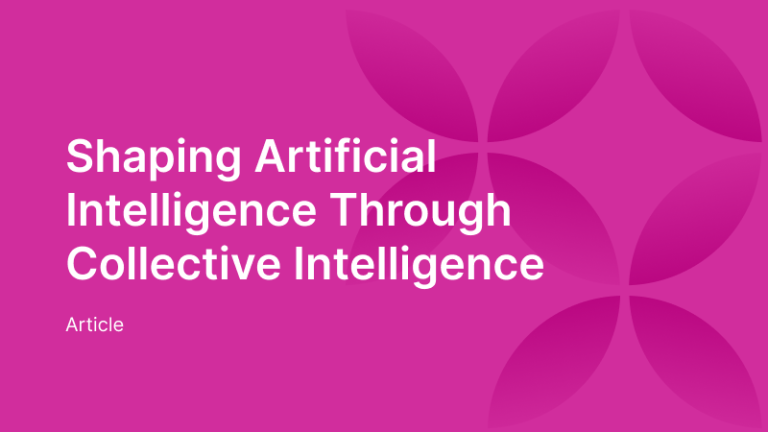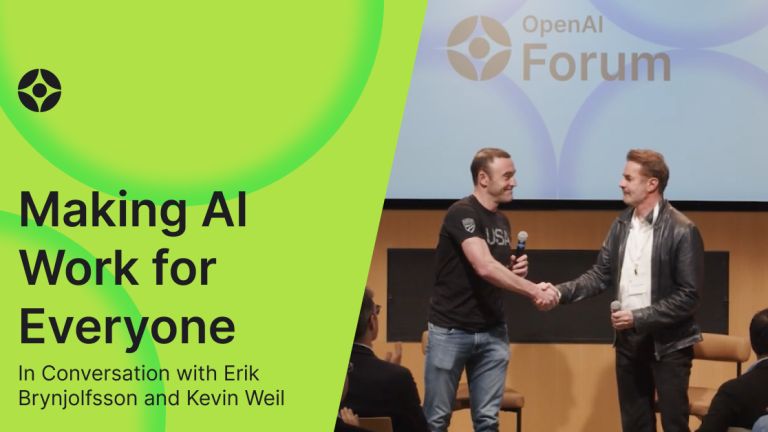Building Trust: Tackling Backdoor Vulnerabilities with Expert Insights from Turing Trailblazer Shafi Goldwasser
Backdoor Threats Compromise AI Reliability: Backdoor attacks allow adversaries to subtly manipulate machine learning models, distorting outcomes such as loan approvals and emphasizing the urgent need to address this escalating threat.
Traditional Auditing Lacks Efficacy in Detecting Tampering: Standard auditing methods often miss concealed backdoors within AI models, highlighting the requirement for advanced cryptographic measures to ensure model integrity.
Proactive Strategies Are Vital: Goldwasser advocates for the adoption of innovative techniques like verifiable computing and input perturbation to actively counter backdoor threats instead of relying solely on audits.
Challenges in Implementing Cryptographic Solutions: While promising, applying cryptographic methods to large-scale machine learning models is complex, necessitating further investigation to guarantee security at scale.
Importance of Transparency and Ongoing Verification: Incorporating transparency and continuous assessment into AI training programs is essential for preventing unnoticed attacks and maintaining long-term trust in AI systems.
Goldwasser focuses specifically on backdoor vulnerabilities—covert methods leveraged by adversaries to secretly modify machine learning models. These backdoors can distort crucial decisions, such as approving loans that should have been denied, by subtly manipulating input data. Once malicious alterations are integrated into the model, they can be exceedingly difficult to detect with conventional auditing techniques.
A significant part of her discussion revolves around homomorphic encryption, a robust cryptographic strategy that permits computations on encrypted data. This allows for the training of machine learning models using sensitive information without exposing the actual data, thus ensuring privacy. Goldwasser emphasizes that this approach is particularly advantageous in privacy-sensitive domains like genomics, where safeguarding confidentiality is paramount.
Despite the promise offered by cryptographic approaches such as homomorphic encryption, Goldwasser acknowledges various practical challenges, particularly regarding the scalability of these techniques for larger models amid increasing computational demands. She also explores the concept of verifiable computing, which involves continuous monitoring of the training process to prevent tampering. This method ensures that the model functions as intended by adhering to predefined protocols and data.
The presentation concludes with a discussion on strategies for combating backdoor attacks, which may include perturbing input data to lessen its impact or retraining models to eradicate hidden vulnerabilities. Goldwasser underscores the necessity of proactive measures, advocating for transparency and verification throughout the model training process rather than relying exclusively on retrospective audits, which may overlook sophisticated attacks.
Ultimately, Goldwasser’s lecture sheds light on both the opportunities and challenges in establishing trust within AI systems, emphasizing the need for continued research and the progressive development of cryptographic methodologies to safeguard machine learning models against increasingly sophisticated adversarial tactics.






